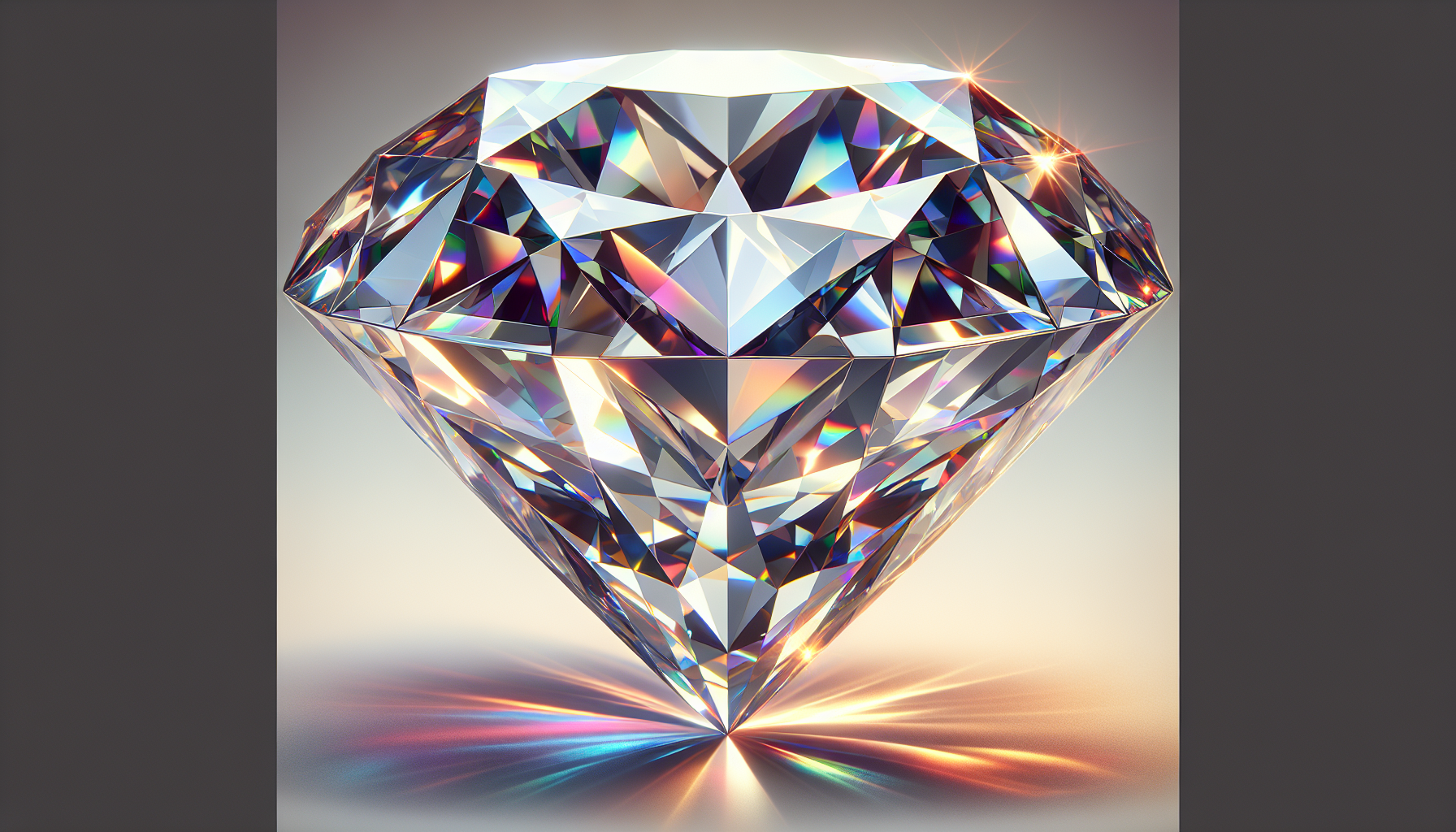Geoengineering using diamond dust could cool the Earth by 1.6°C and cost $200 trillion.

A new study published in the journal Geophysical Research Letters claims that spraying diamond particles into the stratosphere could help curb global warming, but it comes at a staggering cost.
Scientists at ETH Zürich have built a 3D climate model that shows that pumping 5 million tons of diamond dust into the stratosphere per year could reduce global temperatures by 1.6°C (35°F). Sandro Vattioni and his team examined seven materials, including sulfur dioxide, aluminum and calcite, to determine which was best suited for solar geoengineering.
It turned out that diamond dust remained on top. It reflects sunlight better, stays floating in the atmosphere longer, and does not clump together as easily. Additionally, because diamonds are chemically inert, they do not cause acid rain, which is a big problem with sulfur-based options.
But here’s the catch: it’s expensive. Conducting the entire operation over the rest of the century could cost nearly $200 billion. And synthetic diamond dust, at $500,000 per ton, is about 2,400 times more expensive than sulfur.
This idea got scientists talking. Critics like Daniel Chiczo, an atmospheric scientist at Purdue University, worry about unexpected side effects and believe such research could distract attention from cutting emissions.
Shuchi Talati, who heads the Alliance for a Fair Debate on Solar Geoengineering, says figuring out the physics behind these particles is important, and that research like this lays the groundwork for broader discussions about potential impacts.
In an interesting twist, the study found that previous research had overlooked how sulfur absorbs certain types of light and traps heat, which can alter weather patterns like El Niño. So, this is not a simple decision: it is much more complex than it seems.